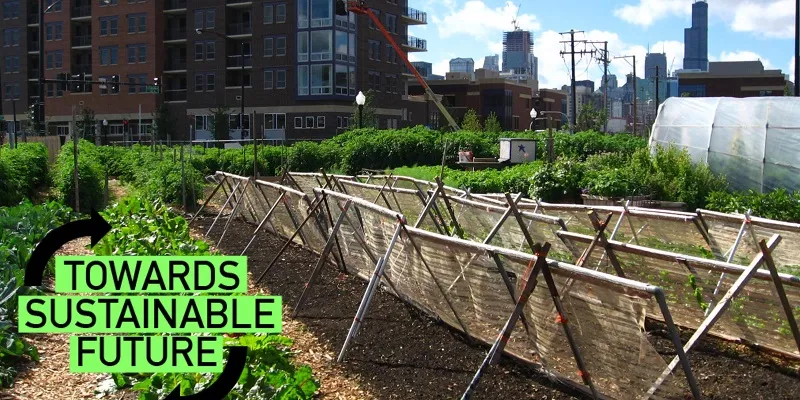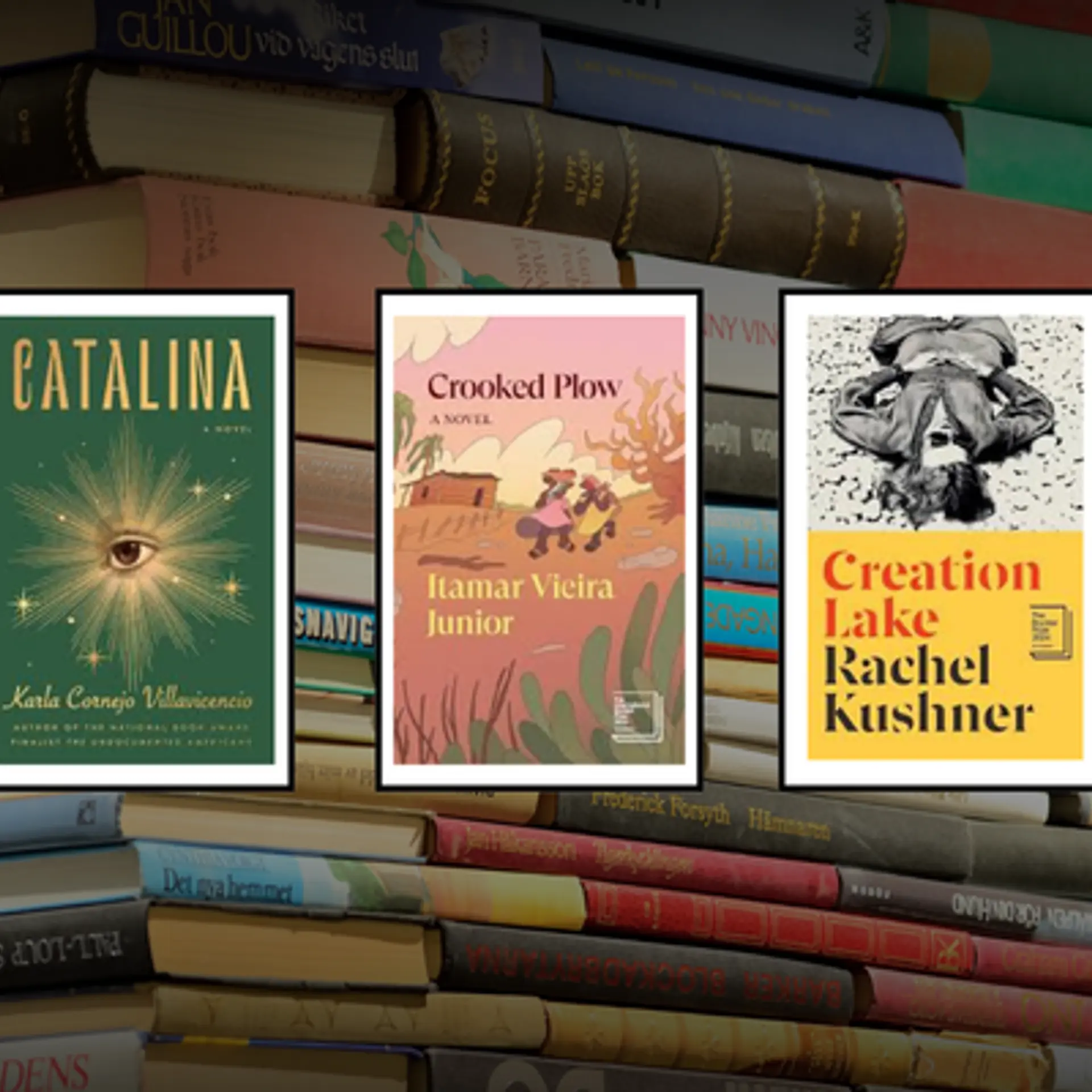Urban Agriculture - it deserves more attention
Agriculture has always been considered a rural occupation. Cultivation meant farmlands in the countryside far away from the concrete of industrialised cities. But a growing need for food security is challenging these traditional ideas. World population is on the course to reach 9.3 billion by 2050. This calls for enhanced food production, an undertaking that is sure to find a roadblock in declining natural resources. The pressure to ensure food security will be greater on India, the world’s second most populous nation. According to the United Nations (UN) Hunger Report, 15.2 percent of Indian population is already undernourished. If we cannot increase production in coming years, the numbers will only rise.

One way to fight this imminent problem could be through the practice of urban agriculture. In the 1990’s, as Cuba faced a severe food crisis, its citizens converted their gardens and empty spaces surrounding their buildings into small farmlands. Capital constraints resulted in the use of natural fertilisers and pesticides, hence making their urban farms organic. After meeting their own needs, people eventually started to sell a part of their produce to the state, earning a profit.
This trend of urban agriculture is slowly spreading across several countries. And India is no exception. Small farms are cropping up in major cities like Delhi, Mumbai, Chennai, Hyderabad and Bengaluru. In Hyderabad, the government’s horticulture department offers subsidy kits including seeds, farmyard manure, red earth and certain other inputs to citizens interested in urban farming. According to them, the people that were involved in producing their own vegetables cut down on food expenses by 20 percent.
In 2009, a charitable trust helped the residents of a slum in Ambedkar Nagar, Mumbai to clean up a dumping ground next to their homes and turn it into a garden. Mumbai has several such grounds which can be restored by involving slum dwellers in effective waste management. Those lands can then be covered with beds of soil to be used for growing food. Biodegradable waste from households can be converted and used as compost manure for the farms.
Many health-conscious people in cities are setting up rooftops farms or community gardens for fresh, organically grown vegetables, fruits and herbs. Start-ups like Edible Routes in Delhi provide farming kits to clients as well as a gardener to plant their farms. Similar companies include iKheti in Mumbai and Squarefoot Farmers in Bengaluru. Their main focus is on the cultivation of good quality food through sustainable methods of farming.
Urban farming would be an assured source of food, especially for the low income groups. It can also be an alternative and profitable source of income. This is evident in the case of the urban farmers along the banks of the river Yamuna in Delhi. Despite the threat of eviction and their status as unrecognised farmers, they continue to grow profit oriented vegetables like tomatoes. The short distance to the local market further encourages them as they do not have to depend upon middlemen. Processing and packaging units could also be developed or communities could be formed for such post-harvest activities. It would generate employment and additional income. Not only that, such farms will help make cities greener and control pollution.

However, farming in cities comes with its share of issues which need to be addressed for it to be a success. The first problem comes with space. Urban India is home to 340 million people. And more are migrating to cities each year in search of work. The government needs to identify lands on which to cultivate and reserve them for farming.
Next is the land on which the crops are cultivated. The soil tends to be contaminated by industrial and automobile pollution, which makes the food grown in it harmful for consumption. Uncontaminated soil beds can be used over such lands but crops still run the risk of corruption by deleterious gases like nitrogen dioxide in the air.
Lastly, water for irrigation comes into question. While that might not be much of a problem for the middle class and upper middle class, those dwelling in slums, encampments and outskirts of cities would find it difficult to divert water for household necessities to farming. They are more likely to use non-recycled waste water that would contaminate the crops. Harvesting rainwater could be a solution, both for farming and for everyday requirements.
Research into viable options to minimise the downside of urban agriculture is of utmost importance. And despite the present hurdles to its effective practice, it should be encouraged, and brought under the framework of agricultural policy. The government could follow the Hyderabad model and promote it nation-wide. It would definitely go a long way in making us a nation self-sufficient in food.







